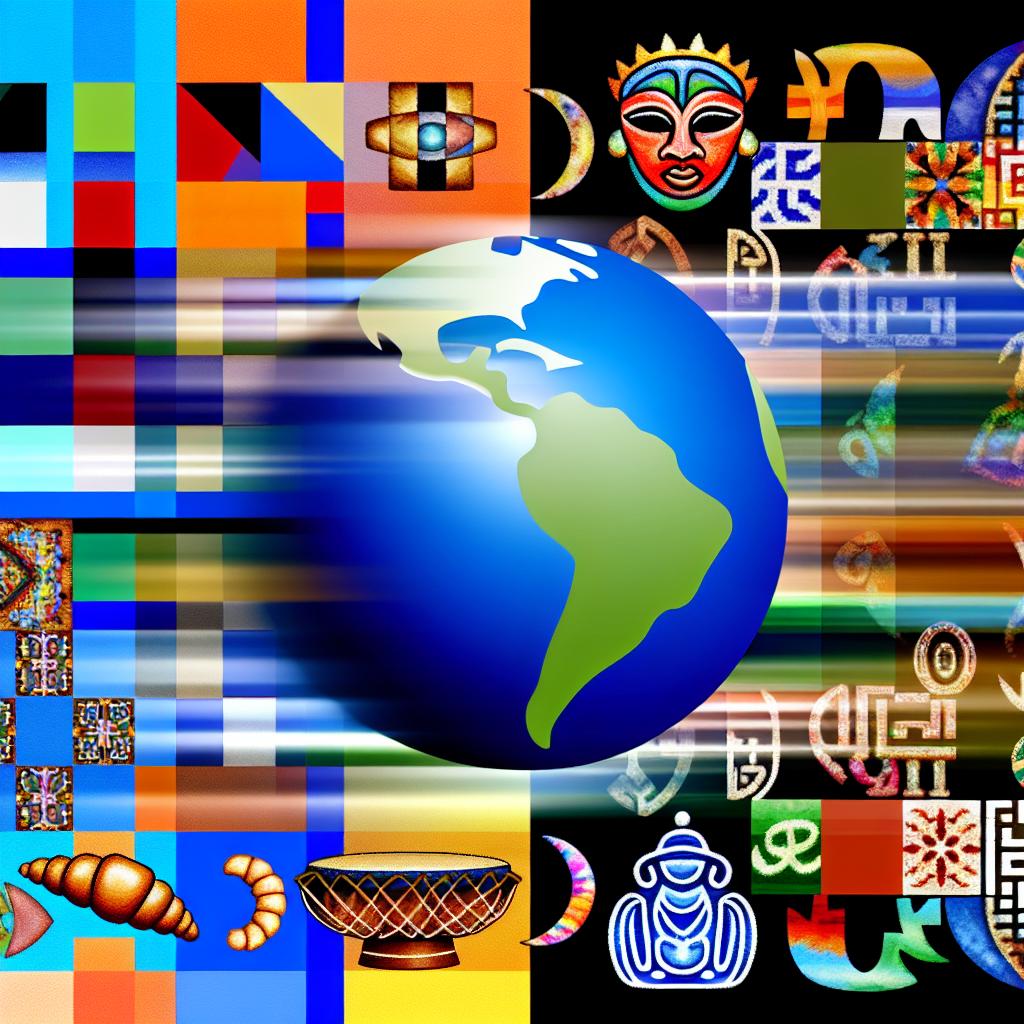Understanding Cultural Appropriation
Cultural appropriation is a complex and often misunderstood phenomenon that takes place when elements of a culture are adopted by members of another, more dominant culture. These appropriated elements can include various aspects such as symbols, art, language, rituals, and customs. What often makes cultural appropriation contentious is that it usually involves a lack of respect, understanding, and appreciation towards the cultural significance of these elements. The power dynamics typically show the dominant culture benefiting at the expense of marginalized communities who have possibly faced historical and systematic oppression.
Key Characteristics of Cultural Appropriation
Power Dynamics: The concept of cultural appropriation cannot be separated from the power imbalances that exist between cultures. A dominant culture borrowing from a marginalized one is problematic when this appropriation occurs without adequate acknowledgment, respect, or understanding. The dominant culture’s appropriation often disregards the heritage and historical struggles of the marginalized group, leading to a one-sided benefit where the majority gains enjoyment or profit from these cultural elements.
Commercialization: Another key issue tied to cultural appropriation is its commercialization. Aspects of a culture can be cherry-picked and sold in a way that removes them from their original meaning and context. This commercial aspect can reduce rich cultural artifacts to mere commodities, which further leads to the perpetuation of stereotypes and diminishes the identity of the cultural group it represents. Products or ideas that have significant cultural importance can get repurposed for mainstream consumption, resulting in a trivialization of their cultural value.
Lack of Understanding: Often, the appropriating entities have only a superficial understanding of the appropriated cultural elements. This lack of depth can contribute to significant misinterpretations and misrepresentations, which do not just distort the borrowed element’s original meaning but can also perpetuate incorrect or harmful stereotypes. When the cultural nuances and historical contexts are not appreciated or even sought to be understood, appropriation becomes an entry point for cultural ridicule or disrespect.
Recognizing Cultural Appreciation
Cultural appreciation, as opposed to appropriation, embodies a proactive interest in understanding the richness and complexity of another culture. This sincere interest includes engaging with members of that culture, studying its historical background, and interacting with its practices with respect and in contexts that honor its significance.
Key Characteristics of Cultural Appreciation
Respect and Acknowledgment: At the core of cultural appreciation lies genuine respect. This respect manifests in acknowledging the origins of cultural elements and understanding their significance to the people within that culture. Recognition of these factors is not just a moral necessity but a means to make authentic connections with the culture being appreciated.
Mutual Exchange: Cultural appreciation occurs through reciprocal exchanges, which encourage mutual learning and shared cultural insights. This form of exchange is crucial for fostering cross-cultural understanding, bringing communities together rather than dividing them. When cultural exchanges are mutual, it helps both parties appreciate their shared human experience while also honoring their distinct cultural identities.
Education and Context: Authentic appreciation necessitates educating oneself about the intricacies and histories of a culture. Without this depth of understanding, it becomes impossible to fully appreciate the significance behind various cultural elements. Knowledge about the traditions, historical struggles, and cultural expressions of a community must inform any engagement with that culture. Such education ensures that any interaction, use, or depiction of cultural aspects is grounded in respect and authenticity.
Distinguishing Between Appropriation and Appreciation
Intent and Impact: While some individuals or groups may intend to honor another culture by borrowing its elements, intention and impact do not always align. Cultural appreciation demands an awareness of the possible impacts one’s actions may have and a sensitivity to those effects. Understanding the distinction means recognizing the potential consequences of removing cultural elements from their context.
Involvement of Cultural Representatives: Engaging with cultural representatives can ensure respectful and authentic adoption of cultural elements. These interactions pave the way for accurate representation and respect for the culture being engaged with. When representatives from the culture are involved, it allows for authentic experiences and exchanges that enrich rather than exploit.
Ethical Use: Adhering to ethical guidelines when using cultural elements is critical. This includes ensuring that cultural symbols and elements are not misappropriated for personal gain, entertainment, or profit. The evaluation of ethical use considers whether the cultural contributions are being utilized in a way that respects and honors the source culture’s people and history.
Conclusion
In sum, recognizing the nuanced line between cultural appropriation and appreciation is essential. While cultural exchanges have the potential to enrich societies and promote diversity, these exchanges must occur with a foundation of care, respect, and eagerness to understand rather than exploit. Proper acknowledgment paired with genuine involvement of the culture’s members can create opportunities for meaningful and respectful cultural connections. It is through these mindful practices that societies can foster cultural understanding and appreciation in a manner that upholds dignity for all involved.



